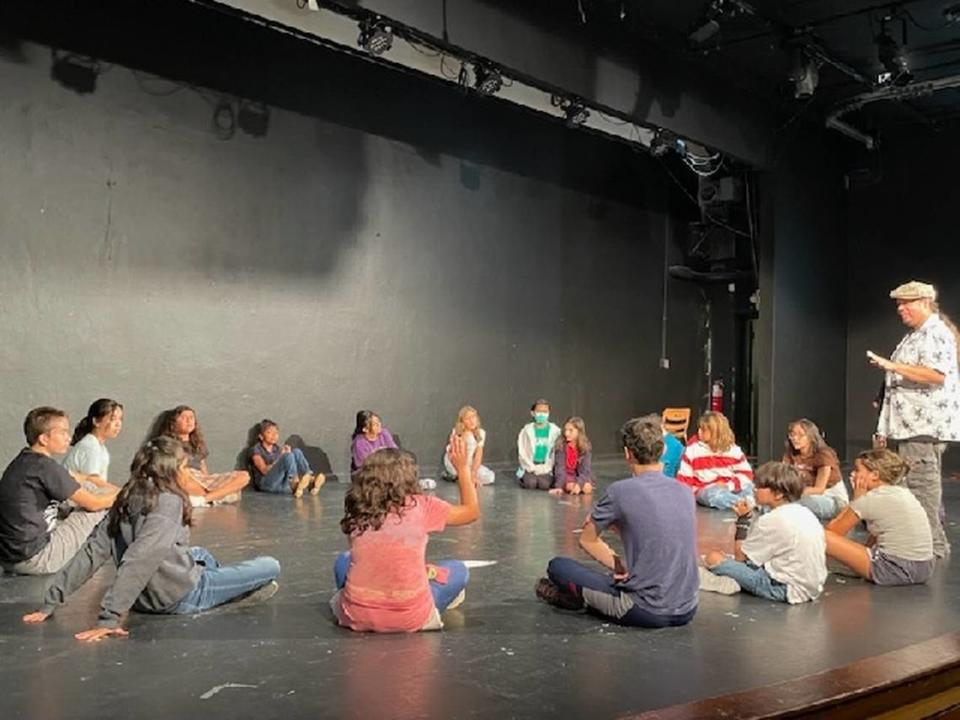This Fort Worth library was a place of community, learning, family time. Now it’s gone
Victoria Bargas and Laura Tobias Rios, life-long Fort Worth residents, recalled the joy of going downtown to the Central Library on weekends or the bookmobile at the Seminary South Shopping Center on Thursdays in the 1950s and 1960s. Their parents stressed the importance of reading to improve their speaking skills in English and to avoid school punishment for speaking Spanish.
When the Seminary South Branch Library opened at 501 E. Bolt St. in 1967, it became the reading Mecca for thousands of monolingual and bilingual South Side residents. Bargas as a teen discovered the Nancy Drew mystery series at the Seminary library. Wishing to become Nancy Drew, she said, “that was her girl.”
Rob Bosquez, local playwright, director, short story writer, whose works have appeared on Stage West, Hip Pocket Theater, and Rose Maine Theater, relished the convenience of walking to the Seminary branch as a child with his father. After reading Spiderman comic books to him, his father challenged him to read on his own. Bosquez recalled as a teen in the 1980s the joy of sitting for hours reading plays and movie scripts and about directors’ lives.

In Rosemont Middle School, a teacher advised Bosquez to read widely at the public library since school curricula and readings were limited. At the Seminary branch, he read about Mayan and Aztec mythologies, La Llorona, Big Foot, the history of the Alamo, Pancho Villa, and Mexican Americans.
Tammy Gomez, nationally famed poet, visited the Seminary branch starting when she was 5 years old with her mother. An advanced reader, she planned to read the entire children’s books section in alphabetical order, checking out no fewer than eight books at a time. When she realized the library continued to add new books, she read works of interest. Her favorites were Beverly Cleary’s Ramona books.

Living in a small, wood-framed home, with no private reading area and a kitchen table often occupied, Gomez found the Seminary library a safe, welcoming location to read, research, and write school assignments. Determined to matriculate to a challenging women’s college, she wrote at the Seminary branch her admission essay for Goucher College in Maryland, where she was accepted.
Rios saw first-hand the value of the Seminary branch in the “Mommy and Me” reading program offered to toddlers and infants. As a grandmother, she continued the family legacy of book reading by taking her grandchildren to the branch. She found family book trips a bonding experience. Her father, away at times because of military obligations, took her to the library, where they grew closer. The Seminary branch allowed confirmation candidates to serve their required community hours there.
Bargas found Seminary staff to be professional and accepting. Gomez perceived them as non-judgmental and respectful. Bosquez found the staff responsive to his requests for more play scripts. They encouraged him to become an independent researcher instead of relying on staff for answers. As the Worth Heights community became increasingly Latino/a, staff diversified with Latino/a and Spanish-speaking librarians.
Over a half-century, Bosquez felt the Seminary library was host to a close-knit community of readers and learners. The same families sat at their favorite tables, read books together, and formed literary bonds.
Joe Guerrero, life-long resident of Worth Heights and the retired 30-year owner of a downtown barber shop, sent his two sons to the Seminary branch. Guerrero, president of the Worth Heights Neighborhood Association, considered accessibility of many books in the barrio valuable.
Guerrero was shocked to learn that after 55 years, library administration transformed the Seminary branch from a neighborhood library to the History Center for archives and genealogy research in October 2022. Guerrero said the neighborhood association had no input in the decision. (In full disclosure, the writer is a member of the Worth Heights Neighborhood Association.) Library administration decided to open La Gran Biblioteca in La Gran Plaza, directly south of the former library location as the new branch. Manya Shorr, director of Fort Worth libraries, said her staff tried to contact the Worth Heights community four times to apprise of the changes.
After visiting La Gran Biblioteca, Gomez described it as a noisy children’s activity center with no room for quiet reflection, original writing, and deep reading. For la poeta, the joy of browsing or the “serendipity of the stacks” at the Seminary branch library was valuable. A diverse selection of books from classic novels to Chilton’s Guide to Auto Repair provided Seminary branch patrons the wonderful adventure of treading un-mapped paths to discover worlds they didn’t know existed.
At La Gran Biblioteca, the browsing experience was gone.
Author Richard J. Gonzales writes and speaks about Fort Worth, national and international Latino history.


